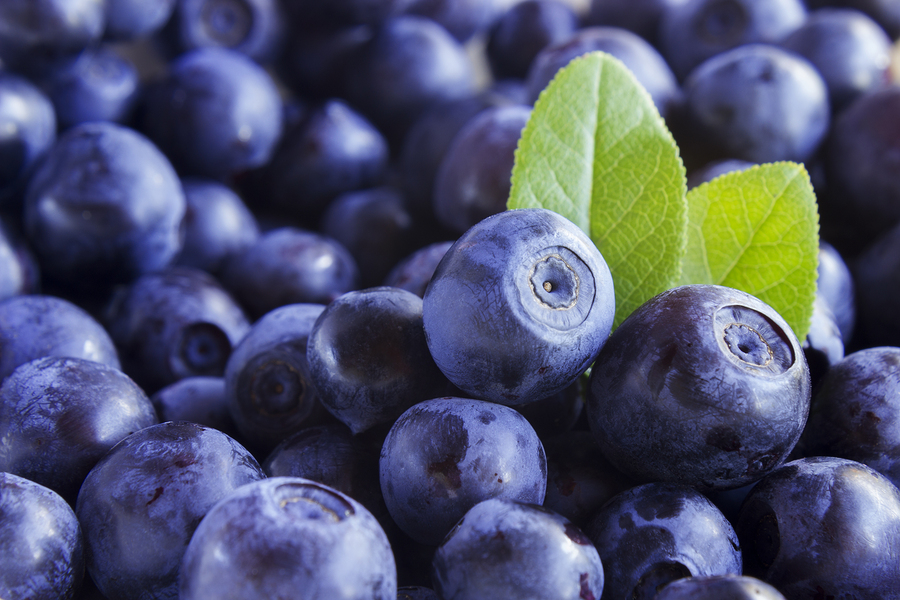Wild-grown and sweet, bilberries are the dark purple cousin of the blueberry. And they have found their way into every imaginable culinary delight: jams, pies, sorbets, liqueurs, and wines. Medicinal use of bilberry dates back to the early Middle Ages. Tea brewed from bilberry leaves was used to treat diabetes. European herbalists used the fruits as a remedy for bladder infections and a variety of stomach and gastrointestinal complaints. In modern herbal medicine, extracts of bilberry fruit are used to treat atherosclerosis and other circulatory system problems. The fruit’s rich pigments act as powerful antioxidants in the body and may help protect against heart disease, as well as inflammation and oxidative stress that can lead to other health problems.
To benefit from the health enhancing effects of bilberry, enjoy a cup per day of the fresh fruit (blueberries are a perfect substitute if you can’t find bilberry). For a delicious tea, simmer 1 Tb. dried berries in 2 c. of water for 20 minutes; strain and drink. Extracts of bilberry should be standardized to contain a specific percent of anthocyanidins – check with your health practitioner for the appropriate extract for your wellbeing.
References
- Johnson, R.L., S. Foster, Low Dog, T. and Kiefer, D. National Geographic Guide to Medicinal Herbs: The World’s Most Effective Healing Plants. (2012) p. 103-105. Washington, D.C.: National Geographic.
- Chu W, Cheung SCM, Lau RAW, et al. Bilberry (Vaccinium myrtillus L.) In: Benzie IFF, Wachtel-Galor S, editors. Herbal Medicine: Biomolecular and Clinical Aspects. 2nd edition. (2011). Chapter 4. Boca Raton (FL): CRC Press/Taylor & Francis. Accessed 10 Aug 2017 from: https://www.ncbi.nlm.nih.gov/books/NBK92770/
- Basu, Arpita, Michael Rhone, and Timothy J Lyons. “Berries: Emerging Impact on Cardiovascular Health.” Nutrition reviews 68.3 (2010): 168–177. PMC. Web. 10 Aug. 2017.
- Erlund I, Koli R, Alfthan G, et al. “Favorable effects of berry consumption on platelet function, blood pressure, and HDL cholesterol.” Am J Clin Nutr. (2008) Feb;87(2):323-31.

